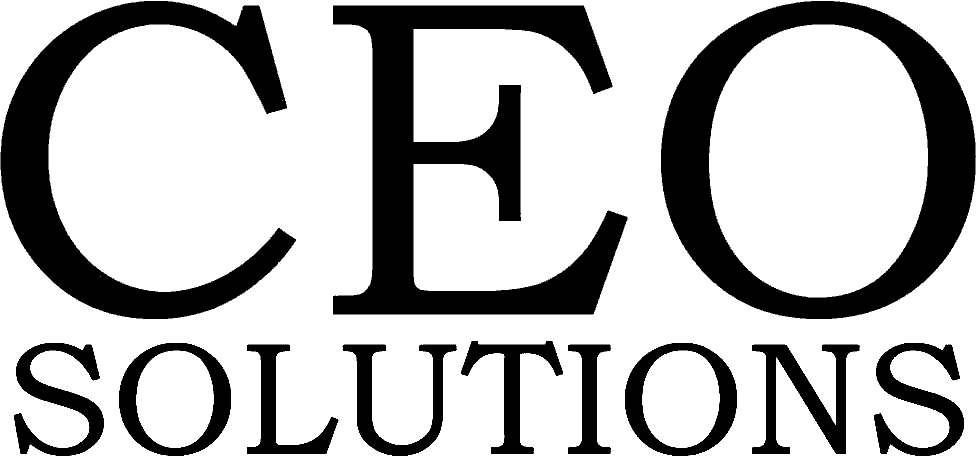What is the process of becoming a leader? Is it developing your strengths to be even stronger? Or is it working on your weaknesses to turn them into strengths? Herminia Ibarra tries to provide insight into becoming a leader in her book, “Act Like a Leader, Think Like a Leader.” Throughout the book, Ibarra offers a unique perspective on leadership and how to become an effective leader. While many leadership books rely on finding insight on what our strengths and weaknesses are, she suggests looking for “outsights.” We can get outsights from new ways of doing work, building relationships and networks, and connecting with and engaging others.
As a reader, you will learn how important it is to learn to act like a leader when stepping into a leadership role. Leaders use innovation and research new trends in their field to ensure they are continually making the best decisions for the organization. Leaders must act on opportunities and learn from what happens to improve continuously. As well as learning, we cannot stay complacent for too long. When we get praised for doing tasks at work, we are likely to keep doing them. However, as a leader, it is crucial to keep growing your skills to become more versatile. Ibarra suggests redefining or reframing your position to take on new tasks that you can learn from.
For leaders, Ibarra also suggests the importance of being more playful with yourself. A lot of leadership books can seem like they are asking you to change your behaviors. However, authenticity is essential for leaders. Try new actions that do not change your authentic self by being more playful and seeing what sticks and what does not. Leaders also do not step into a leadership role once. Many leaders will take on new leadership roles repeatedly, and once you accept that, it makes it easier for you to adapt to your new roles.
The final lesson that Ibarra has for the readers is to create a network outside of your organization. When we try to better ourselves and become a stronger leader, it can be easy to get wrapped up in your usual social network. However, expanding your network outside of your organization can help ensure you reach your goals and receive those “outsights” Ibarra suggests we find. Having a growing social network can help you reach new lengths and achieve bigger and better goals.
Being a leader is hard, and it takes a lot of continual growth. Many leaders feel like they do not have it all figured out or that they never stop learning. If this is how you feel, you should pick up a copy of Ibarra’s book and learn how to find your “outsights.” To build your social network, you can contact CEO Solutions to join our membership and learn from other leaders and hold each other accountable.










